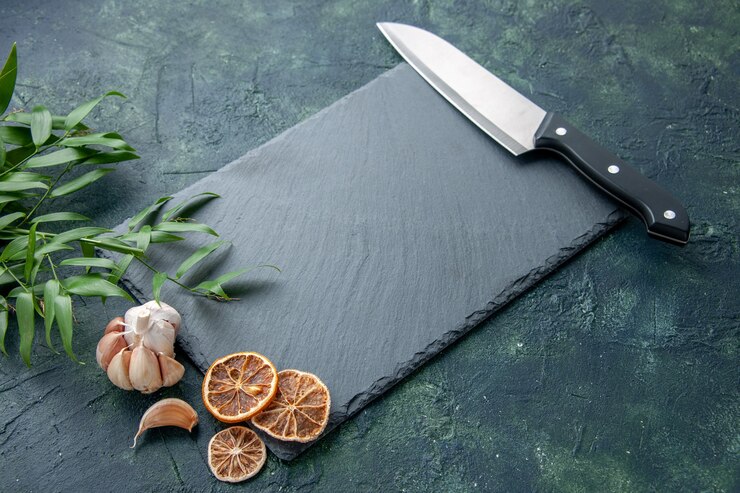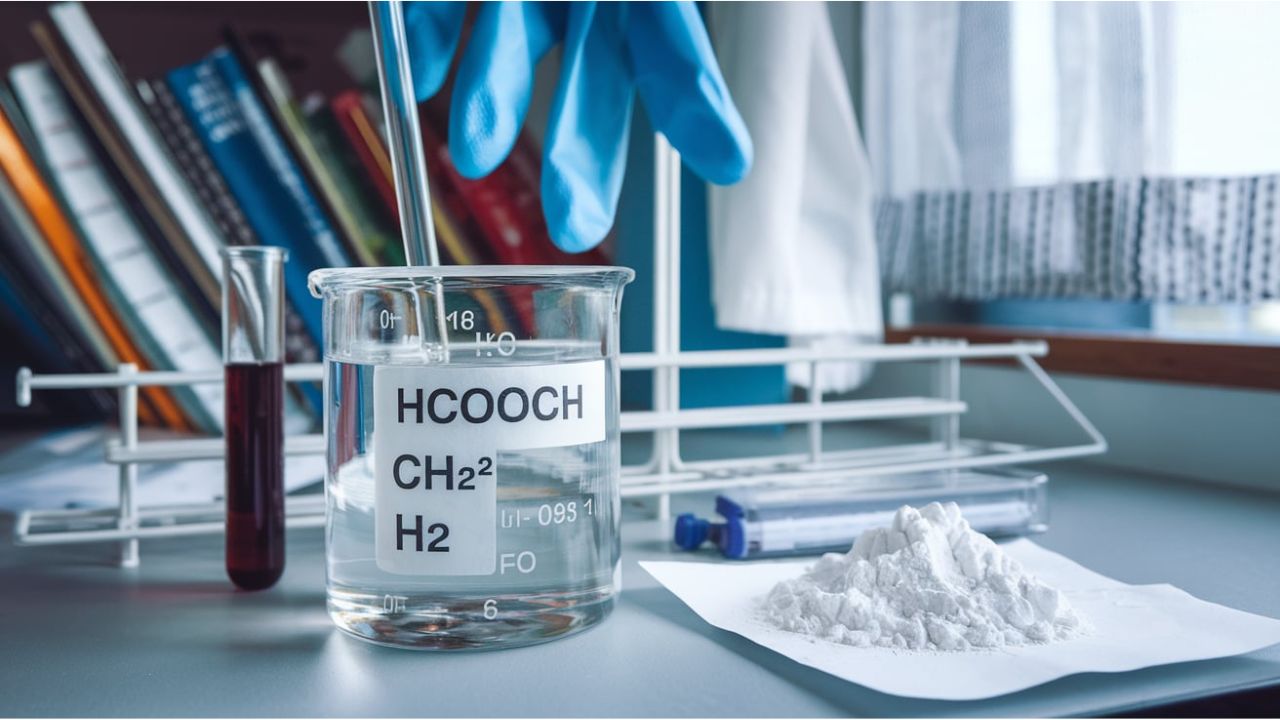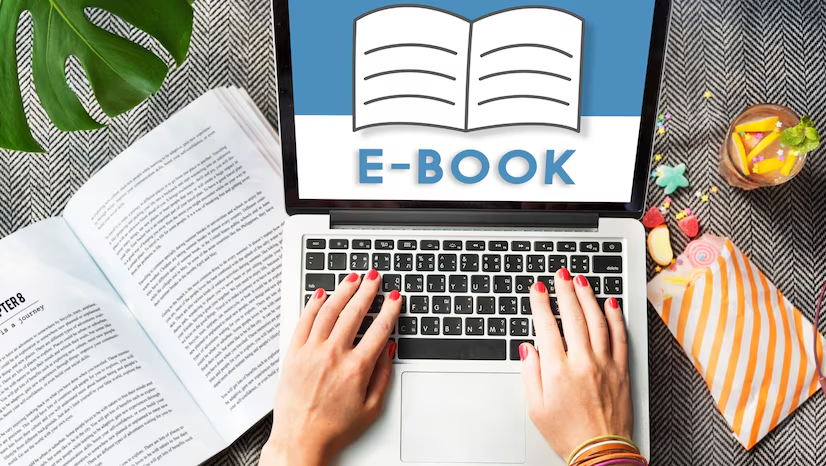Butcher paper, a durable and multifunctional material, has been a staple in various industries for decades. Known for its versatility, butcher paper is used in everything from wrapping meats and protecting surfaces to serving as a canvas for arts and crafts. This article explores the different types of butcher paper, its many uses, and why it remains an essential tool in both professional and everyday settings.
What Is Butcher Paper?
Butcher paper is a type of kraft paper, traditionally made from wood pulp, that is strong, flexible, and moisture-resistant. It was originally designed for wrapping and preserving fresh meats, hence its name. The paper’s durability and ability to withstand moisture make it ideal for this purpose, as it helps keep meat fresh while allowing it to breathe.
Butcher paper comes in various colors and grades, each suited for different tasks. The most common colors are white, pink, and brown, with each serving specific purposes in different industries.
Types of Butcher Paper
- White Butcher Paper:
- Purpose: Originally used for wrapping meats, white butcher paper is now also popular in arts, crafts, and as table covers in restaurants.
- Characteristics: It is uncoated, making it highly absorbent. This paper is great for crafts and can be easily written or drawn on.
- Pink Butcher Paper:
- Purpose: Pink butcher paper, often referred to as “peach paper,” is widely used in the barbecue industry.
- Characteristics: This paper is uncoated and untreated, allowing it to breathe while retaining moisture. It’s perfect for wrapping meats like brisket during smoking, as it helps to retain juices while allowing the meat to develop a flavorful bark.
- Brown Butcher Paper:
- Purpose: Brown butcher paper is versatile and often used for wrapping food, protecting surfaces during painting or crafting, and even as a disposable table cover.
- Characteristics: Typically stronger than white butcher paper, it is durable and can handle heavy-duty tasks, making it a favorite for packaging and protecting goods.
Common Uses of Butcher Paper
1. Meat Wrapping and Food Preparation
- Barbecue: Pink butcher paper is a favorite among pitmasters for wrapping meats like brisket during the smoking process. It allows smoke to penetrate the meat while keeping it moist, resulting in a perfect combination of tenderness and flavor.
- Butchery: Traditionally, butcher paper is used to wrap fresh meats in butcher shops and delis. Its ability to retain moisture while preventing spoilage makes it ideal for this purpose.
2. Crafting and Art
- Drawing and Painting: Butcher paper’s large size and durability make it an excellent canvas for drawing and painting, especially for children’s art projects.
- Craft Projects: It is also popular for various craft projects, such as making banners, gift wrapping, or even creating paper costumes.
3. Surface Protection
- Table Covers: In restaurants and homes, butcher paper is often used as a disposable table cover. It’s practical, easy to clean up, and can also be written on—making it a fun option for kids’ tables.
- Floor and Surface Protection: When working on messy projects like painting or crafting, butcher paper can be laid down to protect floors and work surfaces from spills and stains.
4. Packaging
- Wrapping: Butcher paper is widely used for wrapping parcels, gifts, and fragile items. Its strength and flexibility make it a reliable packaging material that can handle a variety of items.
- Lining: It is also used as a liner in boxes or baskets to provide additional protection and a rustic, natural look.
The Benefits of Using Butcher Paper
- Durability: Butcher paper is known for its strength, making it suitable for heavy-duty tasks. Whether you’re wrapping a large cut of meat or protecting a surface, butcher paper can withstand the pressure.
- Breathability: Unlike plastic wrap, butcher paper allows food to breathe, which is particularly beneficial for meats and cheeses that need to retain moisture without becoming soggy.
- Cost-Effective: Butcher paper is an affordable option for a variety of tasks, making it a go-to choice for both professional and home use.
- Eco-Friendly: Most butcher paper is made from natural materials and is biodegradable, making it an environmentally friendly choice compared to synthetic alternatives.
How to Choose the Right Butcher Paper
When selecting butcher paper, it’s important to consider the intended use. For instance, if you’re a barbecue enthusiast, pink butcher paper will be your best bet for smoking meats. If you need a sturdy option for packaging or surface protection, brown butcher paper might be more appropriate. For art projects, white butcher paper offers a blank canvas for creativity.
It’s also important to check whether the paper is coated or uncoated, especially if you plan to use it for food preparation. Uncoated paper is preferred for wrapping meats, while coated paper might be better for certain packaging tasks.
Conclusion
Butcher paper’s versatility, durability, and affordability make it an indispensable tool across various industries and households. Whether you’re smoking the perfect brisket, protecting surfaces during a craft project, or simply wrapping a gift, butcher paper offers a practical and reliable solution. As more people discover its many uses, butcher paper continues to be a go-to resource for professionals and DIY enthusiasts alike.











